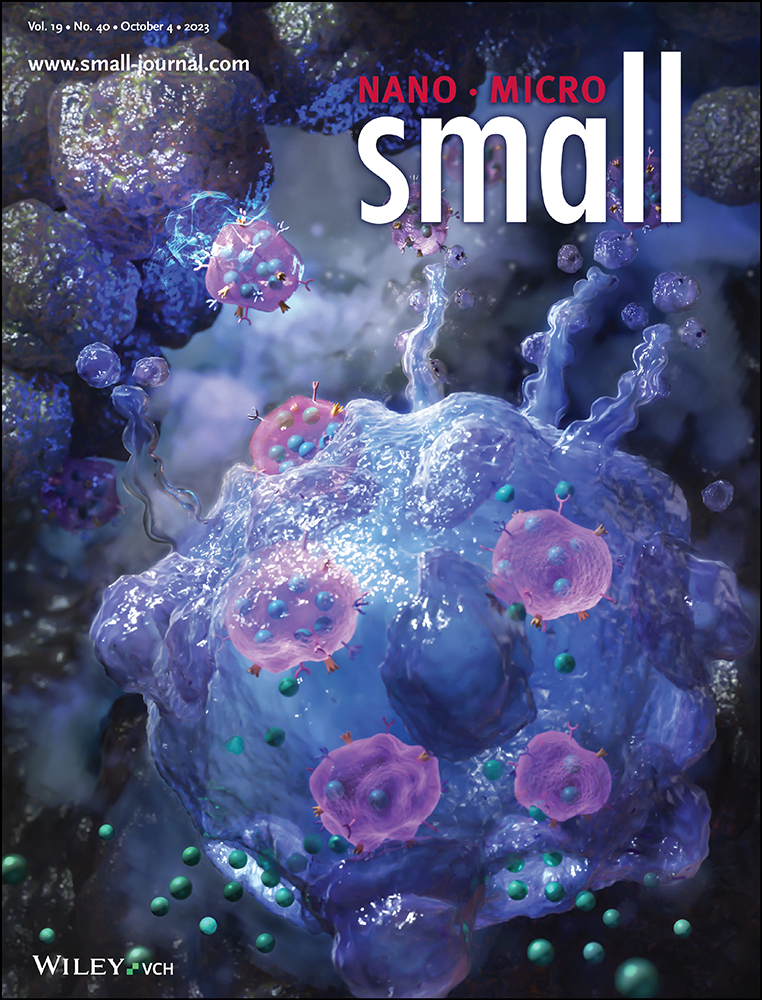Void Volume Fraction of Granular Scaffolds
Abstract
Void volume fraction (VVF) is a global measurement frequently used to characterize the void space of granular scaffolds, yet there is no gold standard by which to measure VVF in practice. To study the relationship between VVF and particles of varying size, form, and composition, a library of 3D simulated scaffolds is used. Results reveal that relative to particle count, VVF is a less predictable metric across replicate scaffolds. Simulated scaffolds are used to explores the relationship between microscope magnification and VVF, and recommendations are offered for optimizing the accuracy of approximating VVF using 2D microscope images. Lastly, VVF of hydrogel granular scaffolds is measured while varying four input parameters: image quality, magnification, analysis software, and intensity threshold. Results show that VVF is highly sensitive to these parameters. Overall, random packing produces variation in VVF among granular scaffolds comprising the same particle populations. Furthermore, while VVF is used to compare the porosity of granular materials within a study, VVF is a less reliable metric across studies that use different input parameters. VVF, a global measurement, cannot describe the dimensions of porosity within granular scaffolds, and the work supports the notion that more descriptors are necessary to sufficiently characterize void space.
Conflict of Interest
The authors declare no conflict of interest.
Open Research
Data Availability Statement
The data that support the findings of this study are openly available in Segura Lab at https://seguralab.duke.edu/what/highlights/lovamap/, reference number 1.




